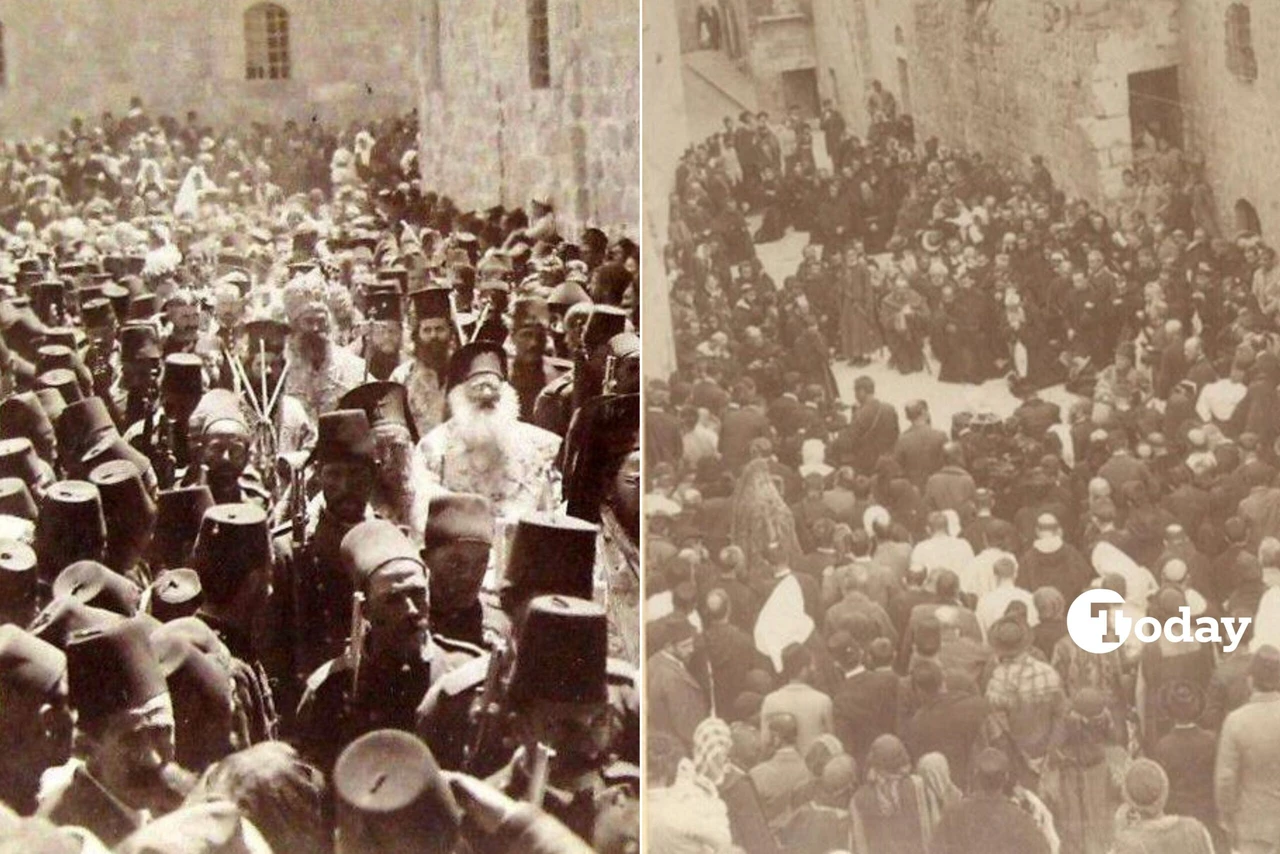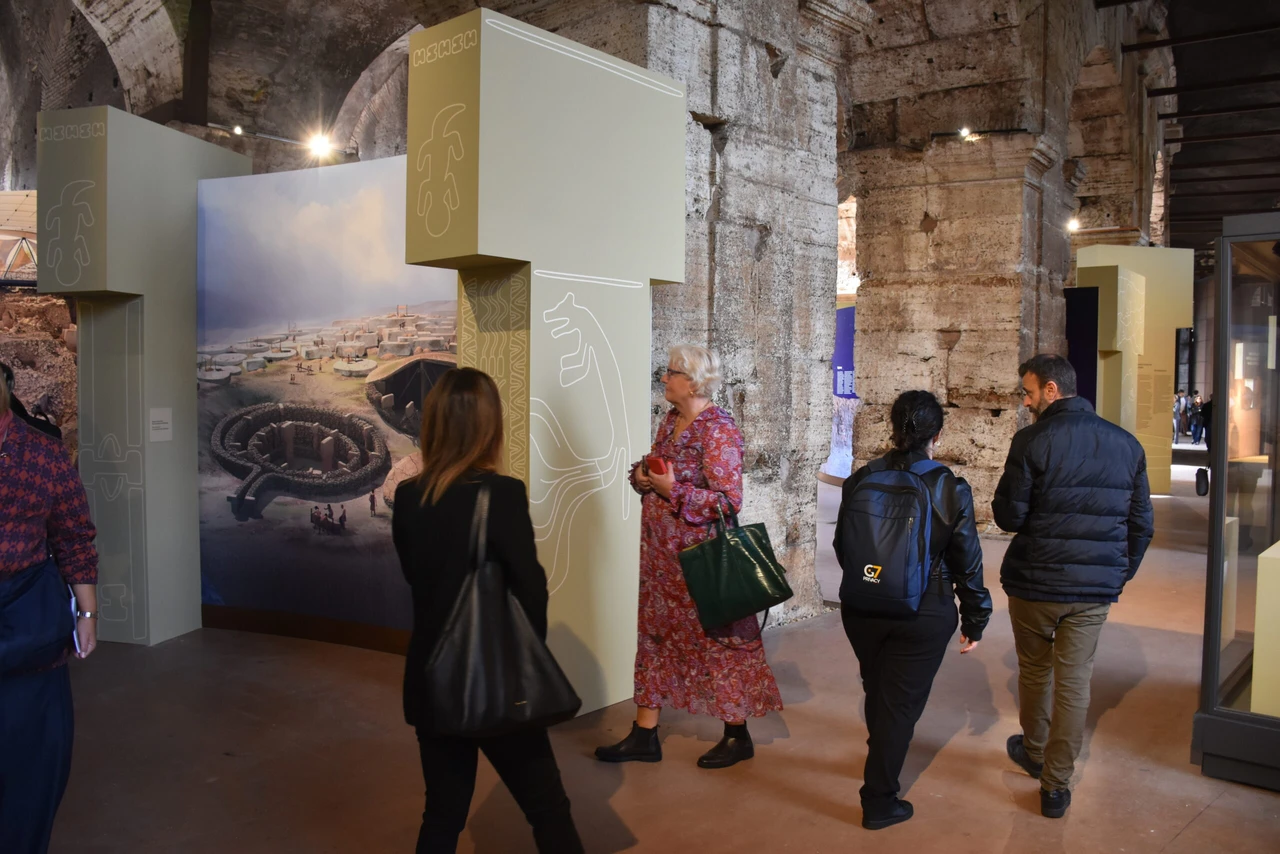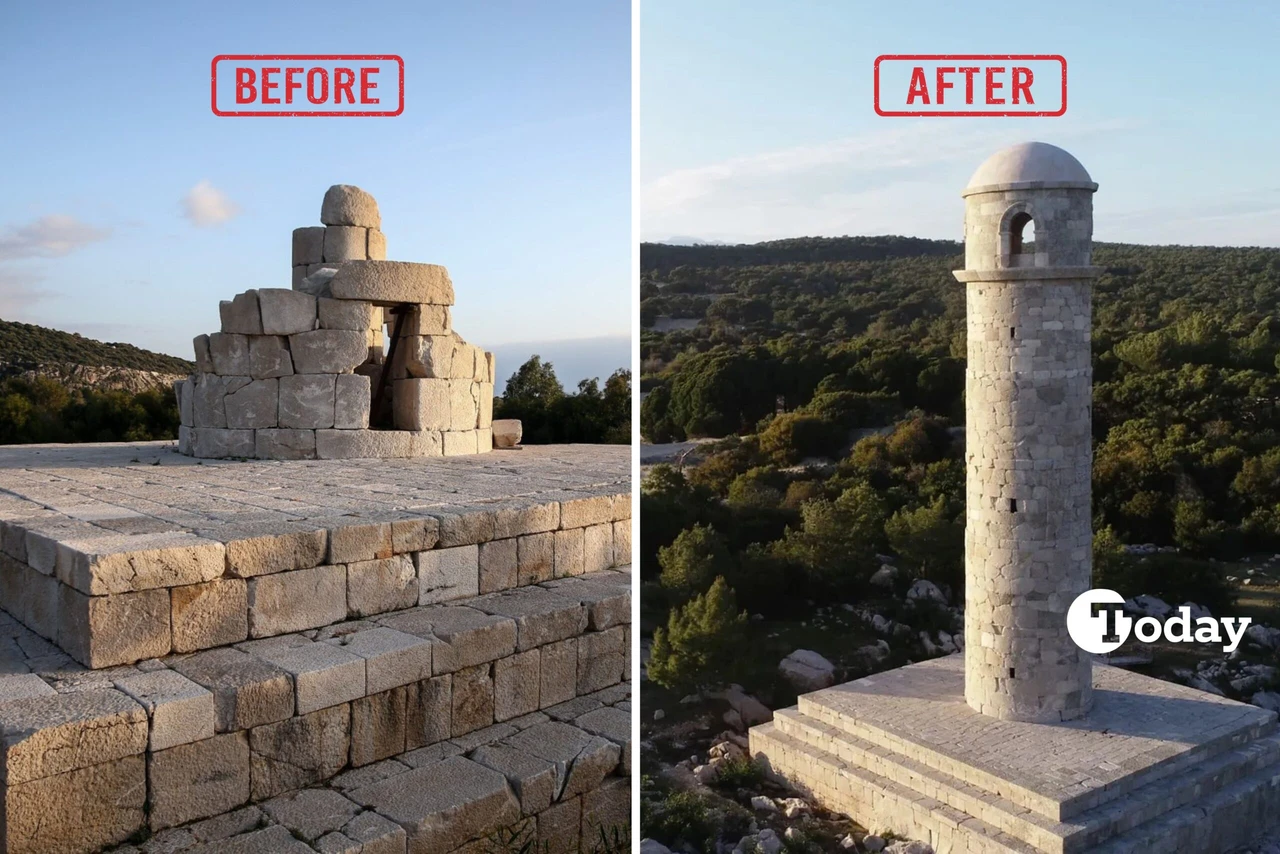Shirvanshahs’ Palace: Baku’s Ottoman-inspired UNESCO gem
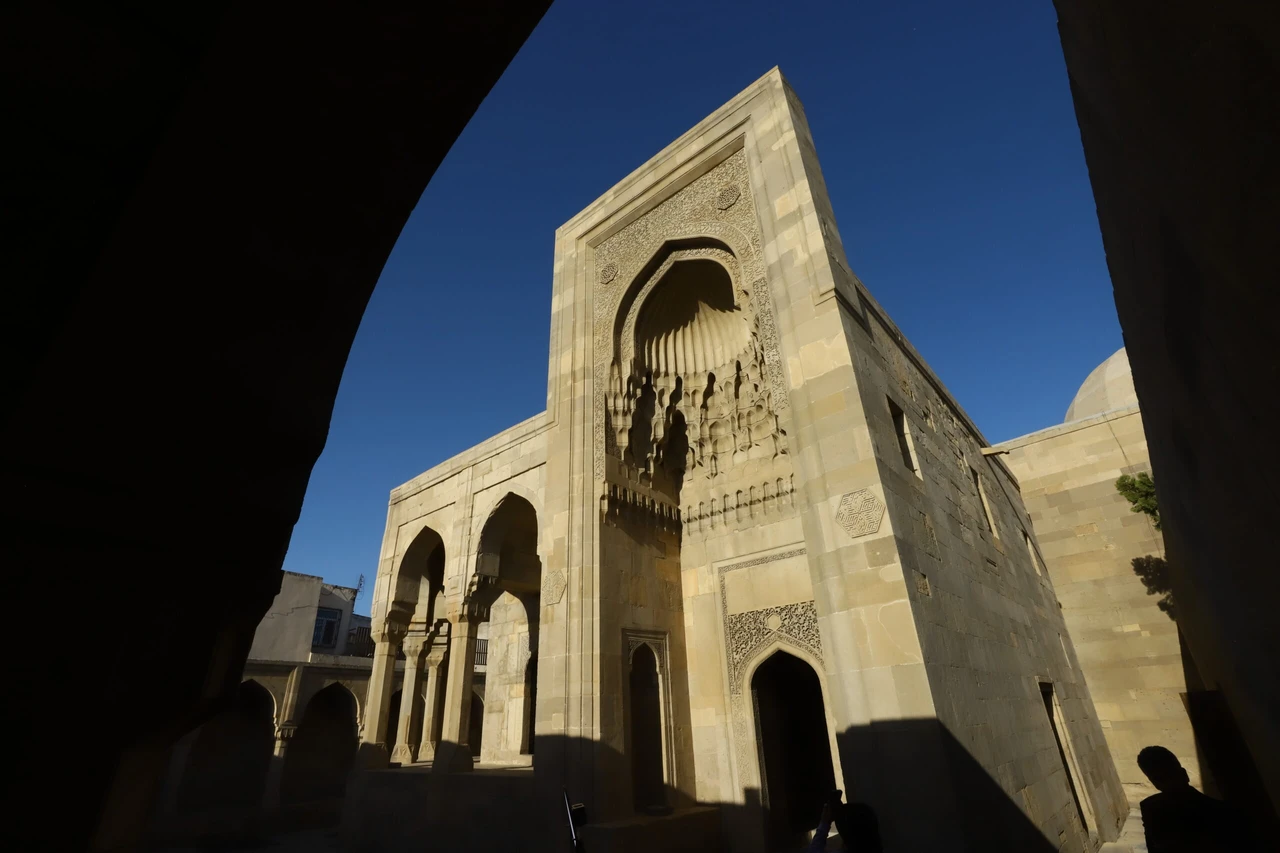 Shirvanshahlar Palace, one of the historical buildings of Baku, the capital of Azerbaijan, which stands out among the city's tourism destinations, August 3, 2024 (AA Photo)
Shirvanshahlar Palace, one of the historical buildings of Baku, the capital of Azerbaijan, which stands out among the city's tourism destinations, August 3, 2024 (AA Photo)
Located in the capital of Azerbaijan, Baku, the Shirvanshahs’ Palace stands out as one of the city’s most prominent historical sites, showcasing Ottoman influences.
Perched on the highest point of Baku’s historic Icherisheher district, the palace captures the attention of both tourists and history enthusiasts.
Built by the Shirvanshah dynasty between the 12th and 15th centuries, this well-preserved palace is listed as a UNESCO World Heritage Site.
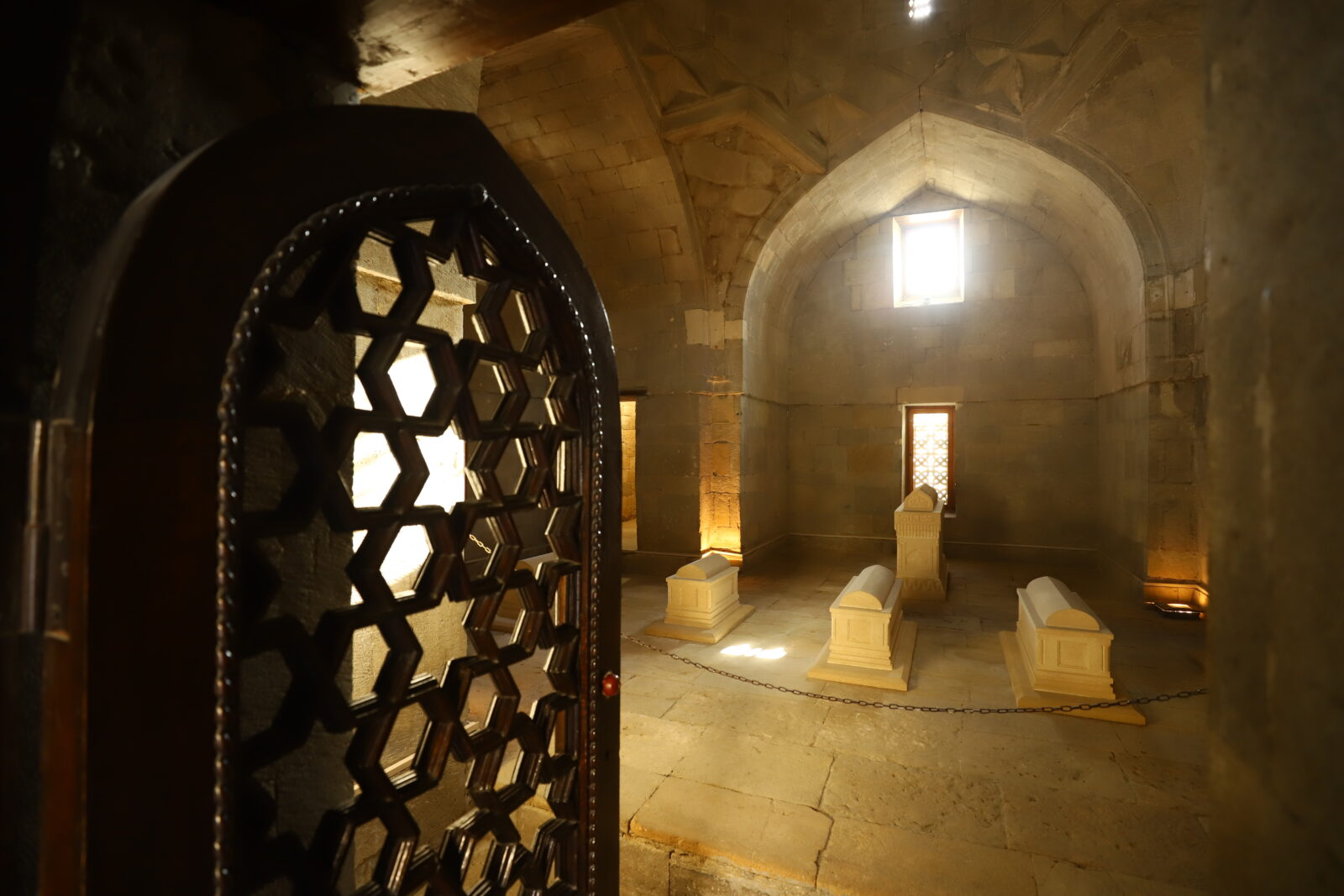
With over 50 rooms, the palace features the ruler’s divan, tombs, mosques, a water reservoir, and a bathhouse. The structures within the palace were likely constructed at different times. The two-story palace has its second floor dedicated to the daily life of the shah and his family, while the first floor was designed to meet the palace’s functional needs.
The surrounding divan section was used for official ceremonies and meetings and housed the divan (council) where state decisions were made.

Additionally, the palace includes the remains of the Keykubat Mosque, where children of the Shirvanshah family were educated, and the tomb of Seyit Yahya Bakuvi, founder of the Halveti Order.
One of the palace’s most intriguing features is the “Murat Gate,” constructed in 1586 and named after Ottoman Sultan Murad III, whose name appears on its inscription. This gate was built by the period’s architect, Emirshah Tabrizi.
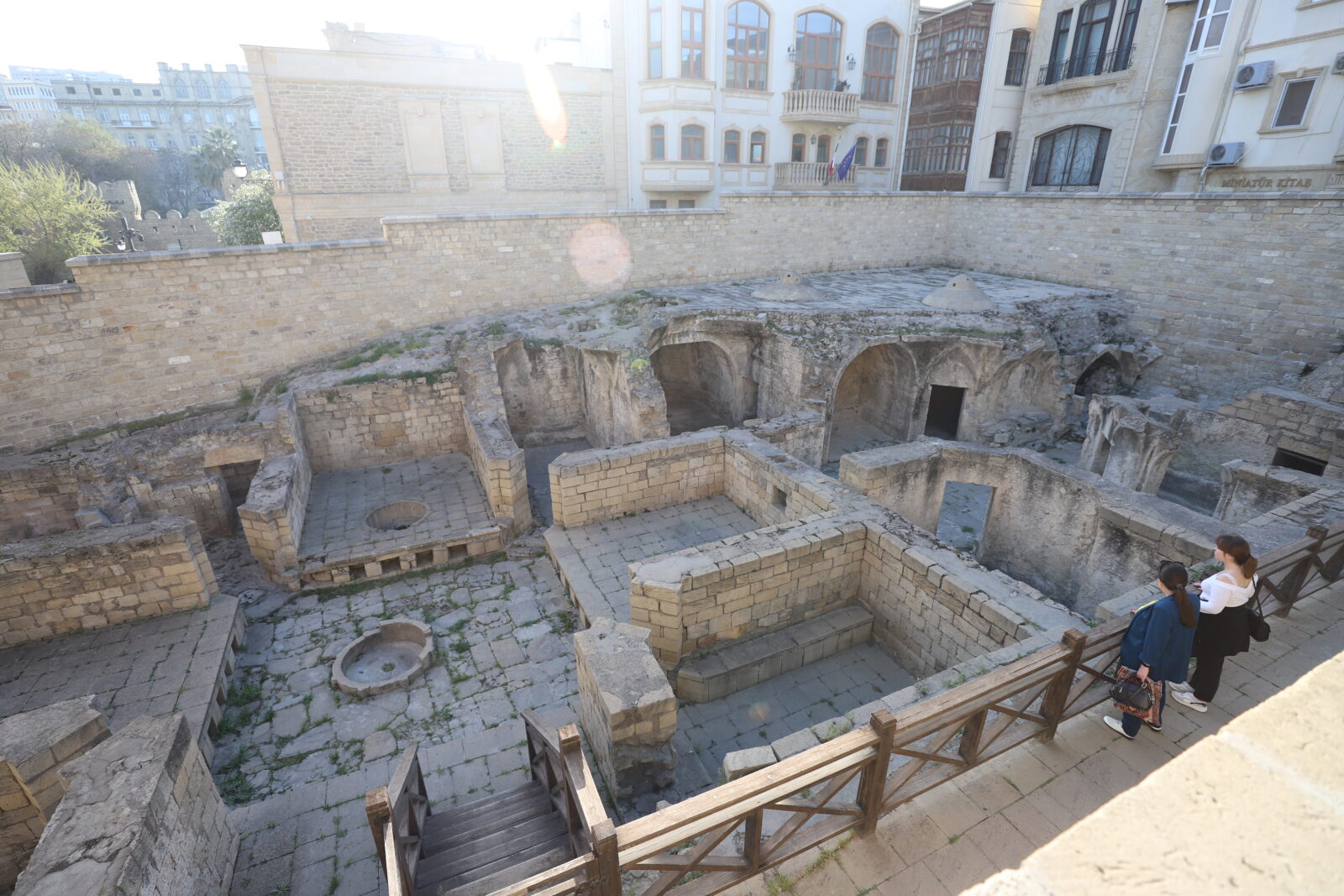
Praised by UNESCO as “a gem of Azerbaijani architecture,” Shirvanshahs’ Palace now operates as a museum, showcasing artifacts from various periods of Azerbaijani history. The palace attracts a steady stream of visitors daily, offering a rich glimpse into the region’s historical and cultural heritage.
